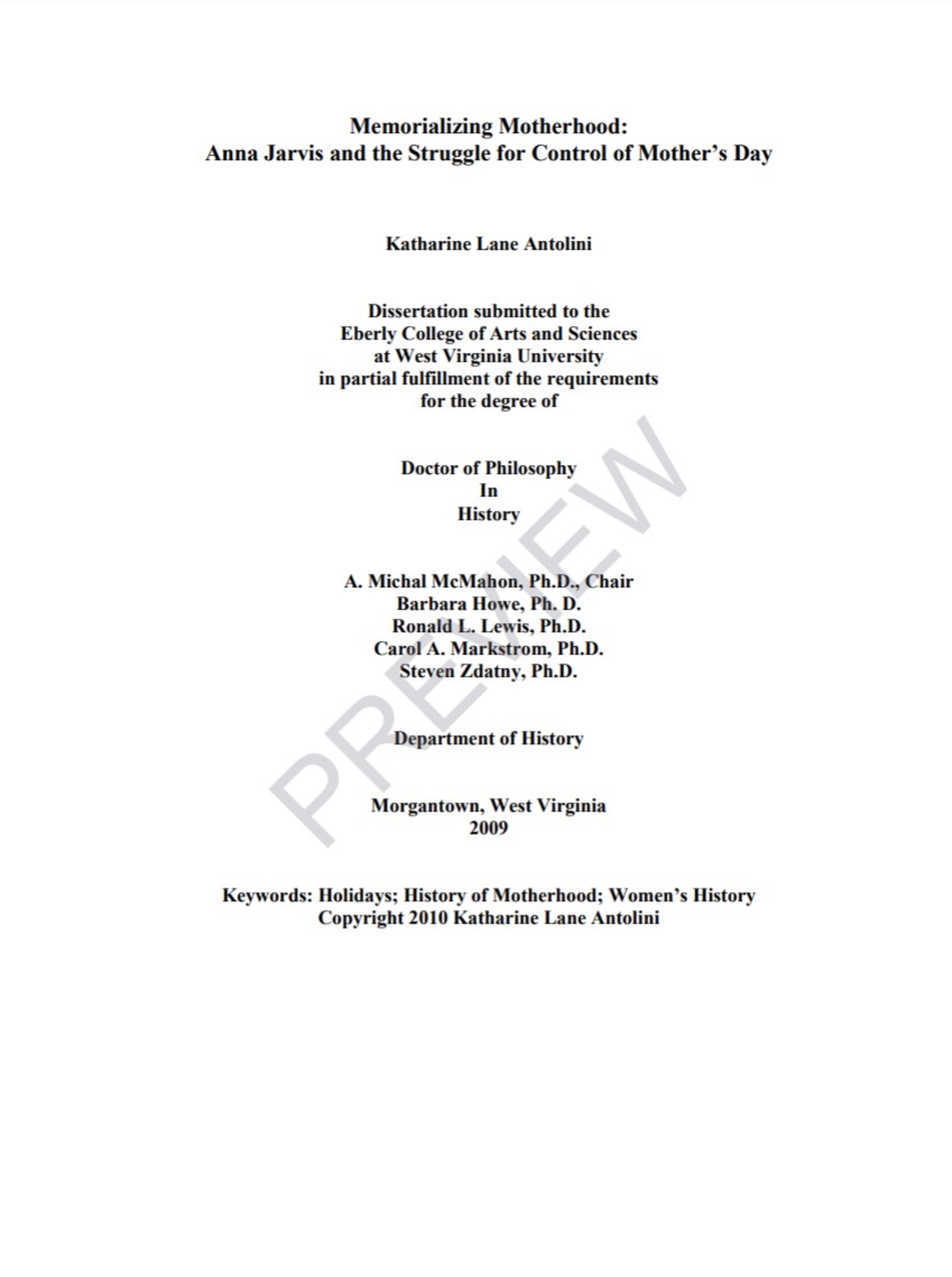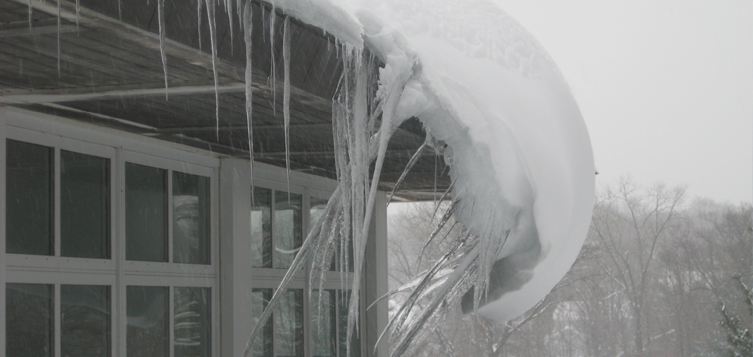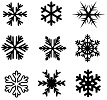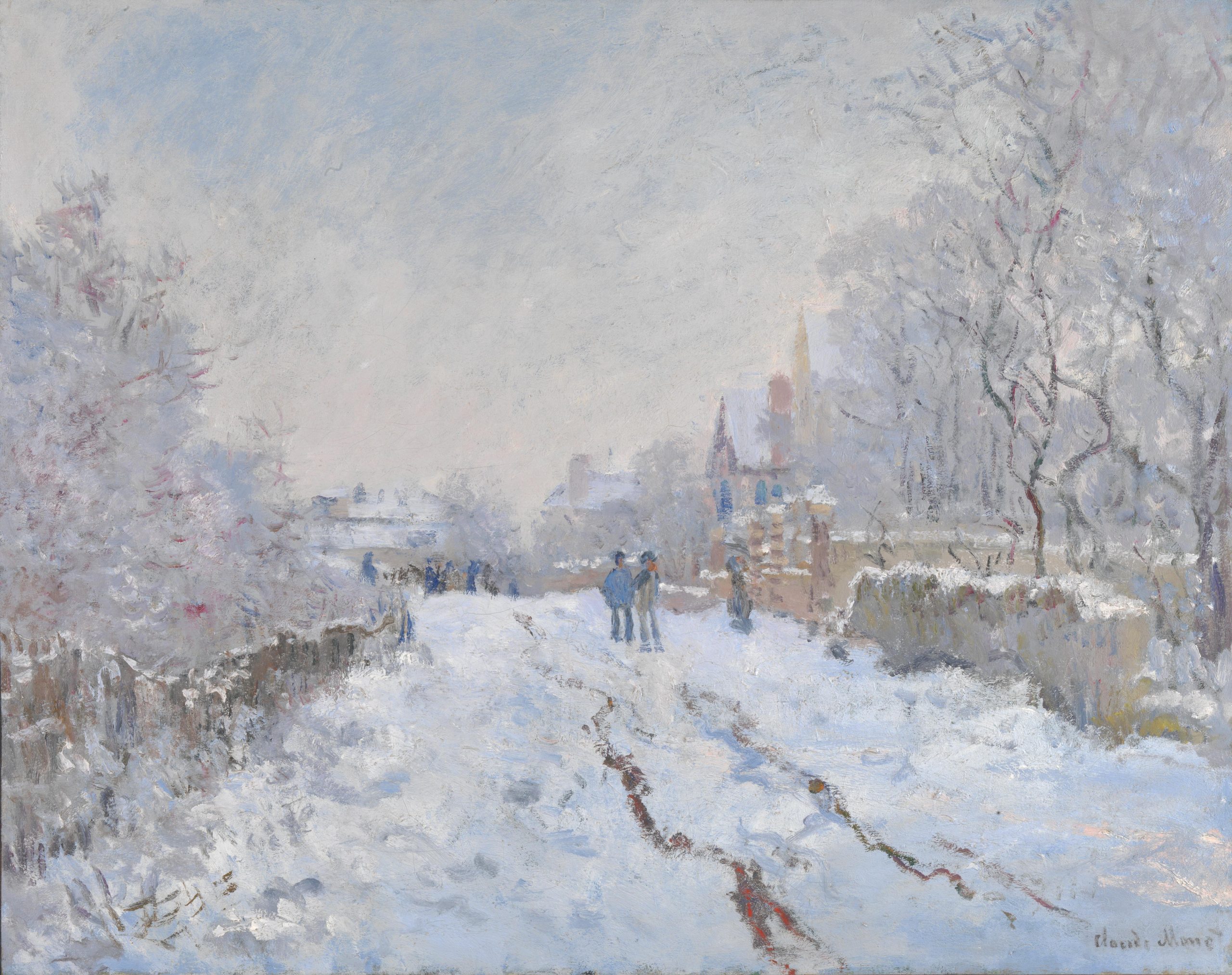Author Archives: mike@standardsmichigan.com
- Home
- Articles posted by mike@standardsmichigan.com (Page 111)

Create a Winter Bird Haven
Blue birds huddling together for warmth
pic.twitter.com/t0SEG4CZhs— Science girl (@gunsnrosesgirl3) December 27, 2024
Also from the University of Illinois:
Why so much slip and fall attorney advertisements after SCOTUS Bates v. State Bar of Arizona (1977)
The Struggle for Control of Mother’s Day
Mother’s Day is celebrated on different days in different countries and regions. However, here is a list of some countries and the dates:
United States: Second Sunday in May
United Kingdom: Fourth Sunday in Lent
Australia: Second Sunday in May
Canada: Second Sunday in May
New Zealand: Second Sunday in May
India: Second Sunday in May
Mexico: May 10th
Japan: Second Sunday in May
France: Last Sunday in May or First Sunday in June
Germany: Second Sunday in May
Italy: Second Sunday in May
Brazil: Second Sunday in May
Egypt, Mother’s Day is celebrated on March 21st.
Israel, Mother’s Day is celebrated on the 30th day of the Jewish month of Shvat, which usually falls in February.
India, Mother’s Day is not an official holiday, but it is celebrated on the second Sunday of May, the same as in the United States.
Japan, Mother’s Day is celebrated on the second Sunday of May, but it is not a public holiday.
South Africa, Mother’s Day is celebrated on the second Sunday of May, the same as in the United States.
Thailand, Mother’s Day is celebrated on August 12th, which is the birthday of Queen Sirikit, the current queen consort of Thailand.
Electrical heat tracing: international harmonization-now and in the future
Electrical heat tracing: international harmonization-now and in the future
C. Sandberg
Tyco Thermal Controls
N.R. Rafferty – M. Kleinehanding – J.J. Hernandez
E.I. DuPont de Nemours & Company, Inc
Abstract: In the past, electrical heat tracing has been thought of as a minor addition to plant utilities. Today, it is recognized as a critical subsystem to be monitored and controlled. A marriage between process, mechanical, and electrical engineers must take place to ensure that optimum economic results are produced. The Internet, expert systems, and falling costs of instrumentation will all contribute to more reliable control systems and improved monitoring systems. There is a harmonization between Europe and North America that should facilitate design and installation using common components. The future holds many opportunities to optimize the design.
CLICK HERE to order complete paper
Outdoor Deicing & Snow Melting
Today our focus turns to outdoor electric deicing and snow melting wiring systems identified as suitable for the environment and installed in accordance with the manufacturer’s instructions. They work silently to keep snow load from caving in roofs and icicles falling from gutters onto pedestrian pathways.
While the voltage and ampere requirement of the product itself is a known characteristic, the characteristic 0f the wiring pathway — voltage, ampere, grounding, short circuit, disconnect and control — is relatively more complicated and worthy of our attention. Articles 426-427 of the National Electrical Code is the relevant part of the NEC
Free Access 2023 National Electrical Code
Insight into the ideas running through technical committee deliberations is provided by a review of Panel 17 transcripts:
2023 NEC Panel 17 Public Input Report (633 pages)
2023 NEC Panel 17 Public Comment Report (190 pages)
We hold Articles 427 in the middle of our priority ranking for the 2023 NEC. We find that the more difficult issues for this technology is the determination of which trade specifies these systems — architectural, electrical, or mechanical; covered in previous posts. Instead, most of our time will be spent getting IEEE consensus products in step with it, specifically ANSI/IEEE 515 and IEEE 844/CSA 293.
Comments on the Second Draft of the 2026 NEC will be received until April 18th.
…
We collaborate with the IEEE Education & Healthcare Facility Committee which meets online 4 times per month in European and American time zones. Since a great deal of the technical basis for the NEC originates with the IEEE we will also collaborate with IEEE Standards Coordinating Committee 18 whose members are charged by the IEEE Standards Association to coordinate NFPA and IEEE consensus products.
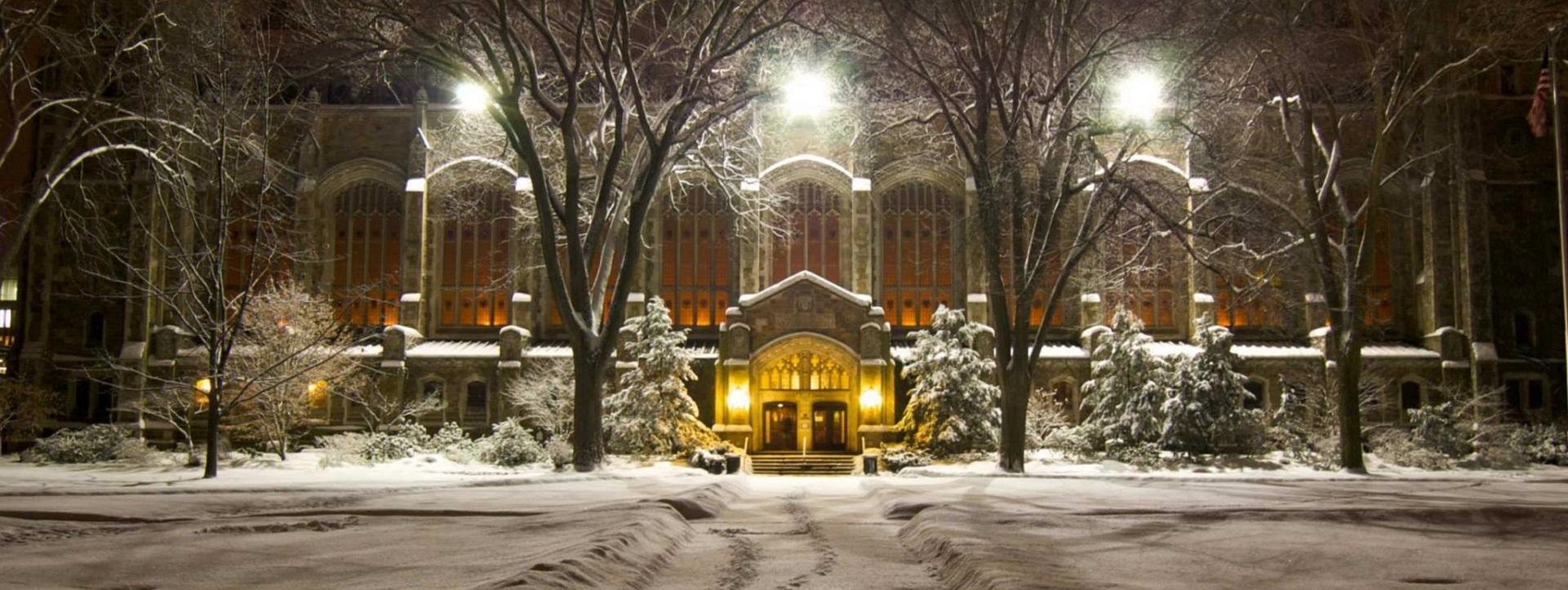
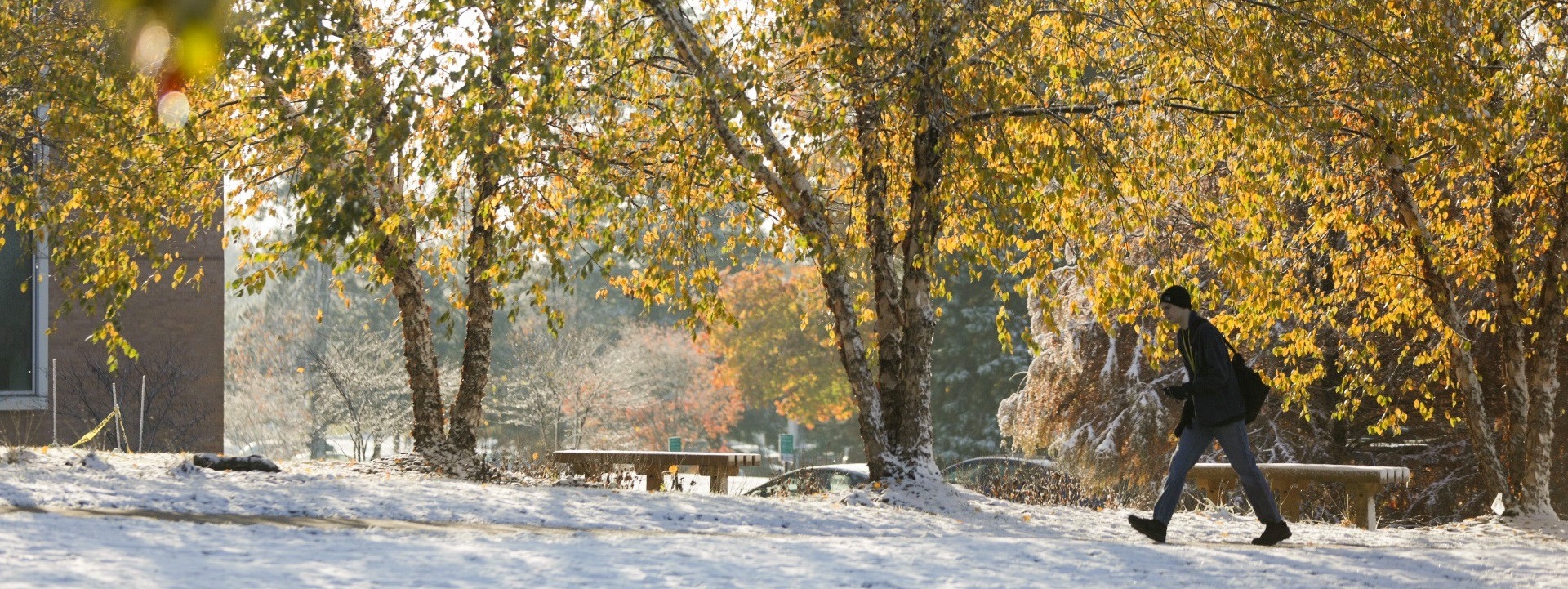
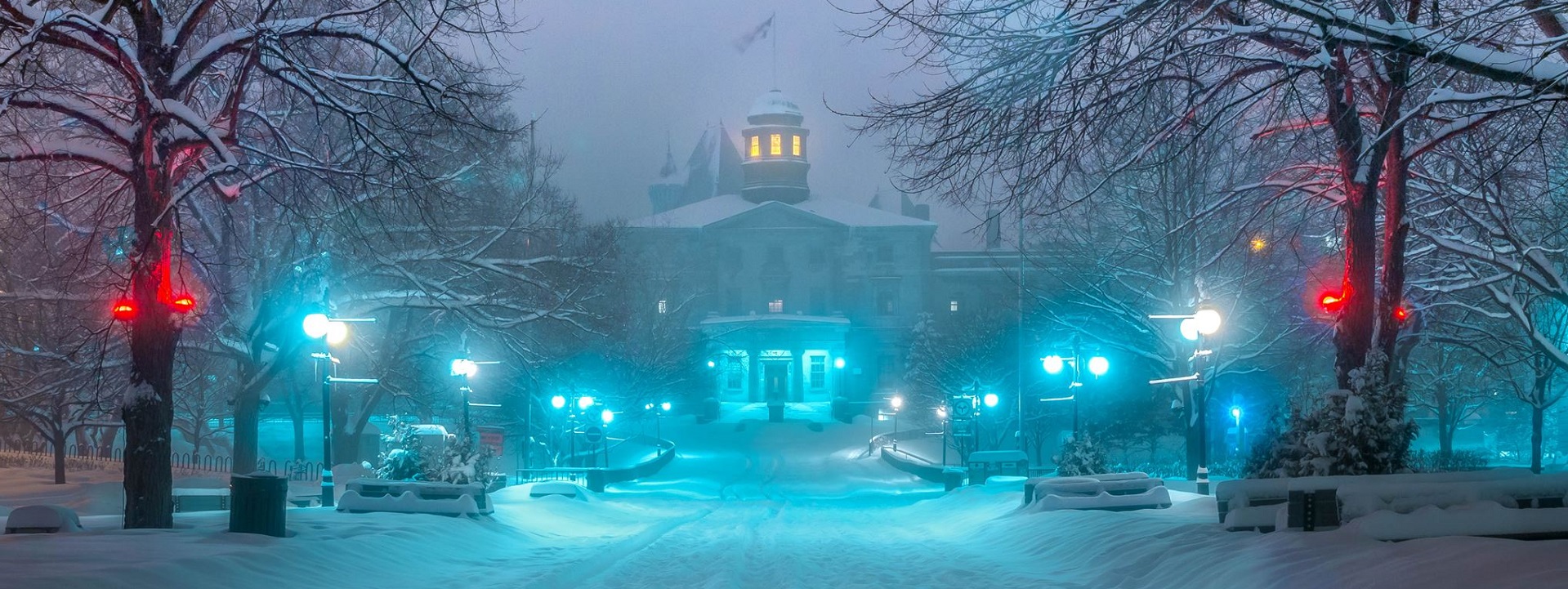
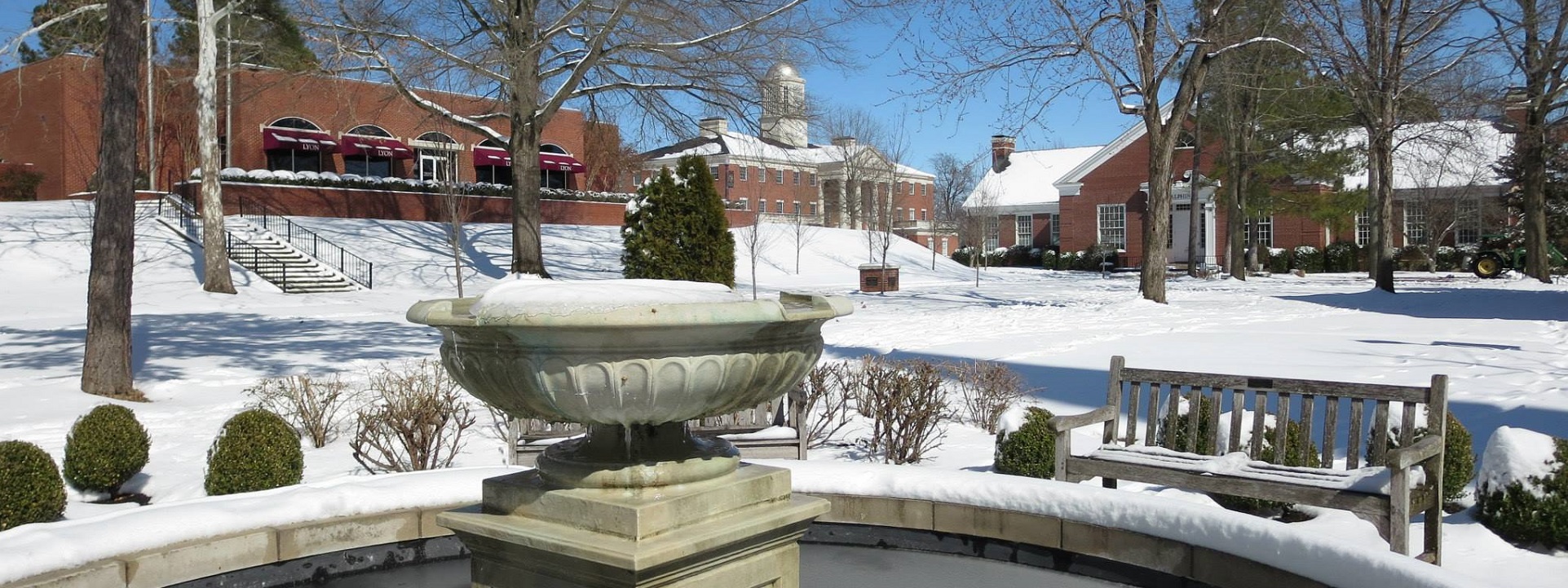
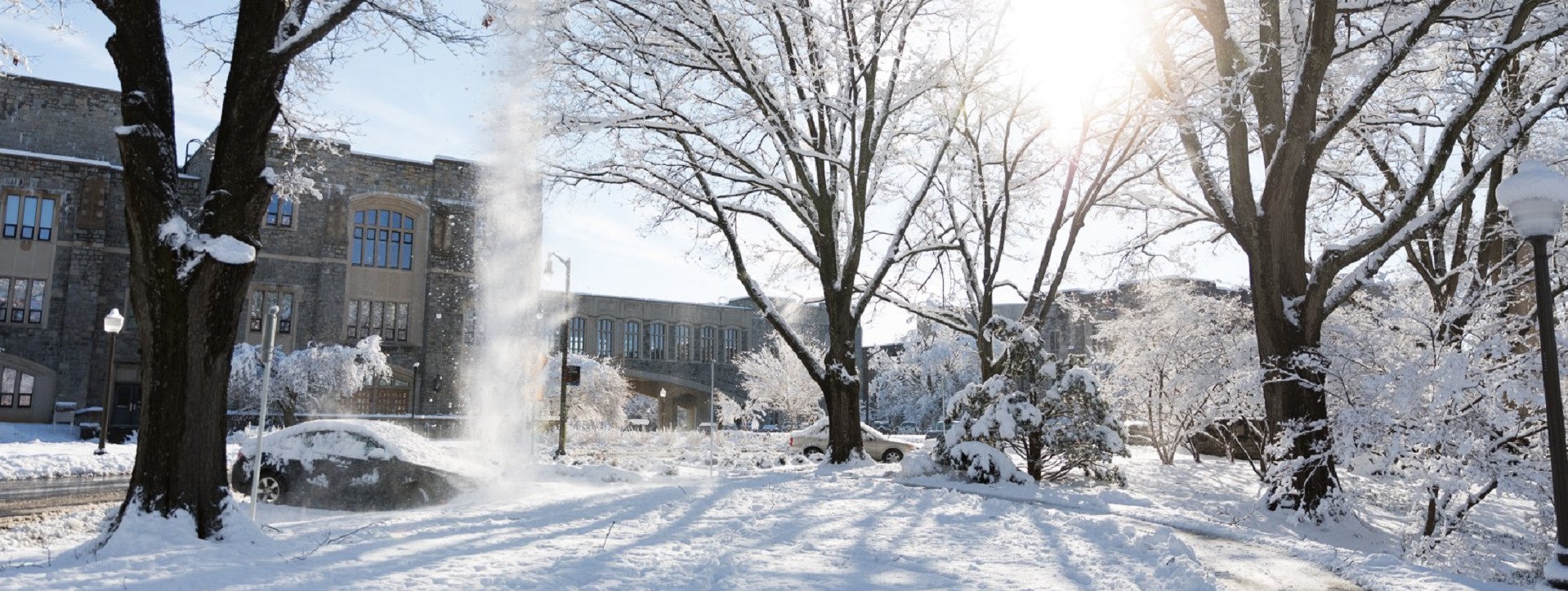

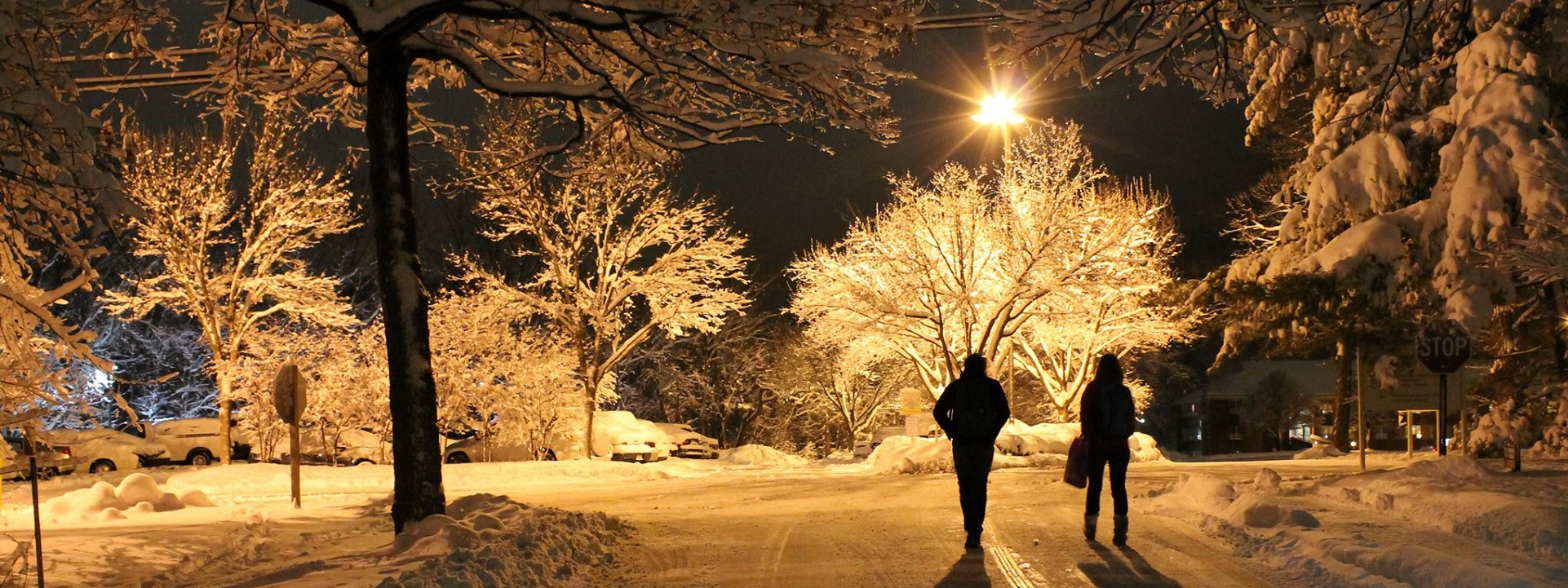
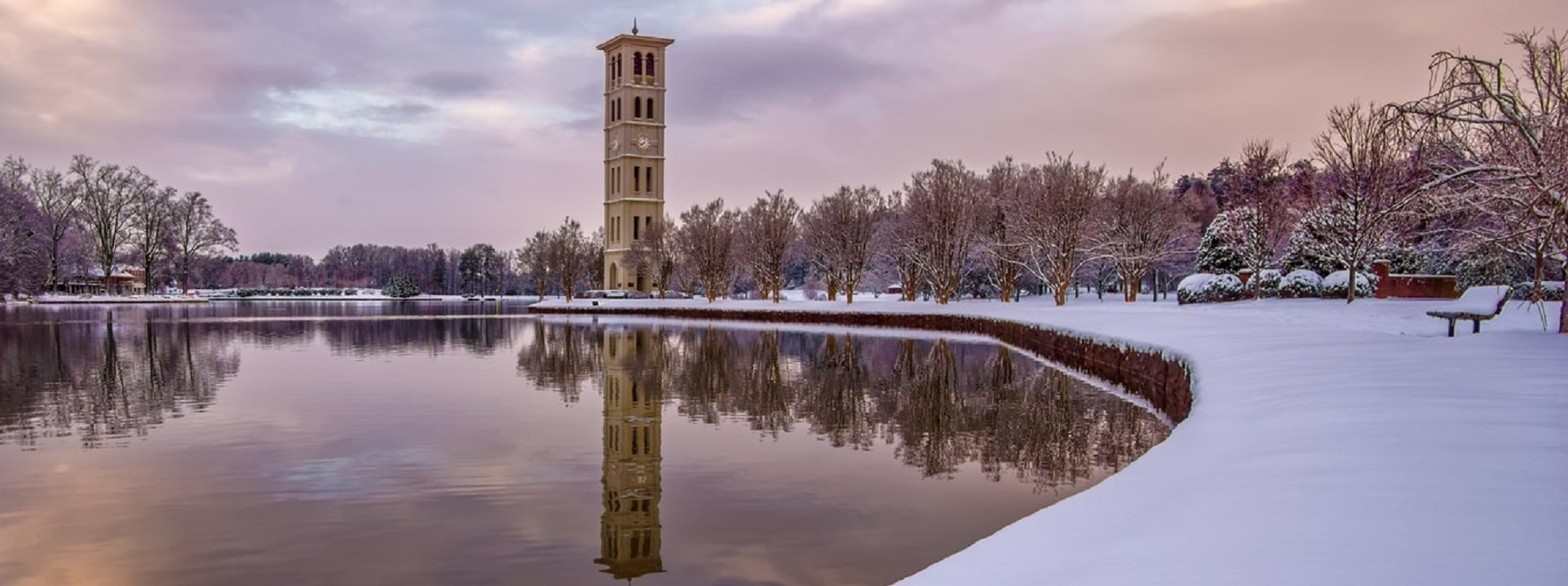
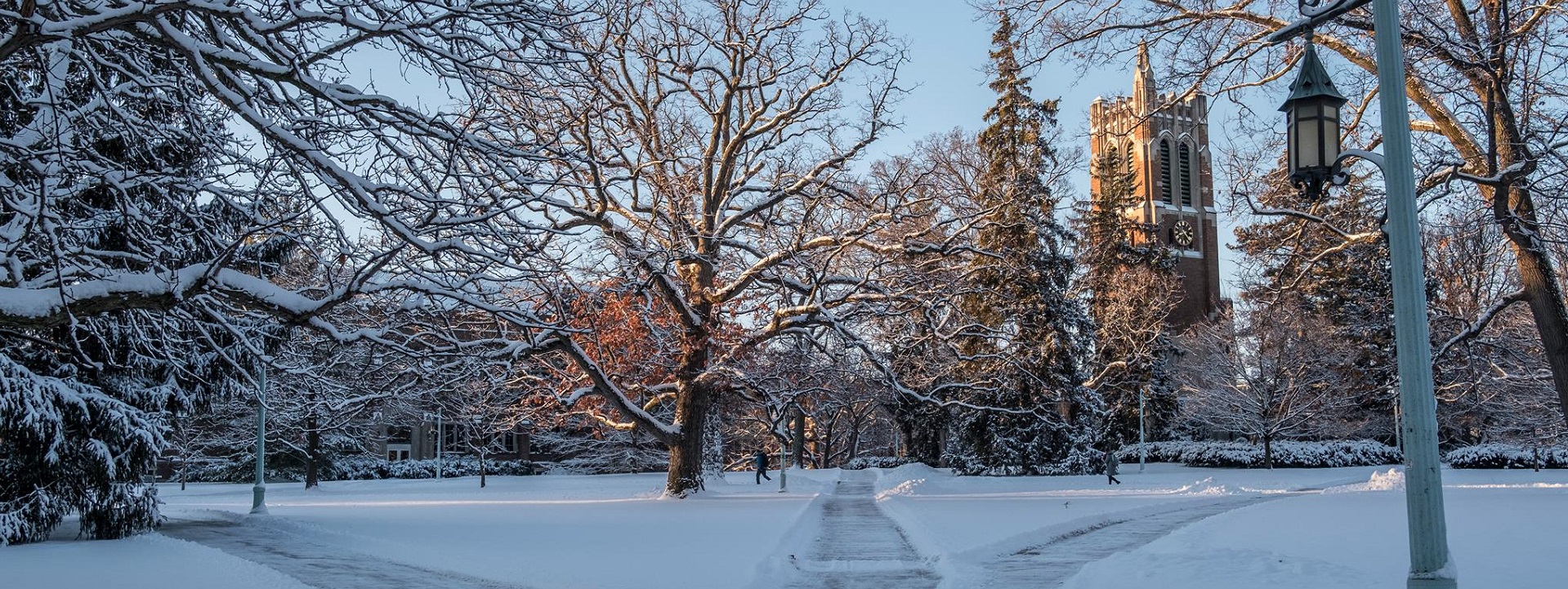
Issue: [19-151]
Category: Electrical, Energy
Colleagues: Mike Anthony, Jim Harvey, Kane Howard, Jose Meijer
LEARN MORE:
CFRU 93.3FM
Student radio stations are learning platforms for aspiring broadcasters and media professionals. They offer practical training and hands-on experience in radio production, programming, and broadcasting. Many educational institutions with student radio stations integrate these stations into their curriculum, providing students with the opportunity to apply theoretical knowledge in a real-world broadcasting setting.
Standards Ontario | Financial Position 2023 (-$35,047,000) Page 19
Canadian Parliament Debate on Standards Incorporated by Reference
University of Alberta: The evolution of elite hockey culture in Canada
New update alert! The 2022 update to the Trademark Assignment Dataset is now available online. Find 1.29 million trademark assignments, involving 2.28 million unique trademark properties issued by the USPTO between March 1952 and January 2023: https://t.co/njrDAbSpwB pic.twitter.com/GkAXrHoQ9T
— USPTO (@uspto) July 13, 2023
Standards Michigan Group, LLC
2723 South State Street | Suite 150
Ann Arbor, MI 48104 USA
888-746-3670





